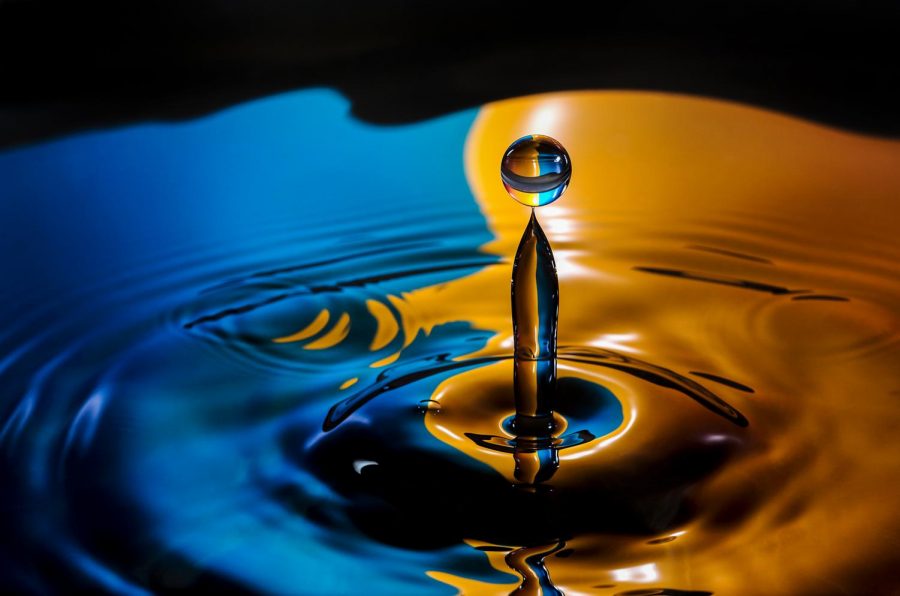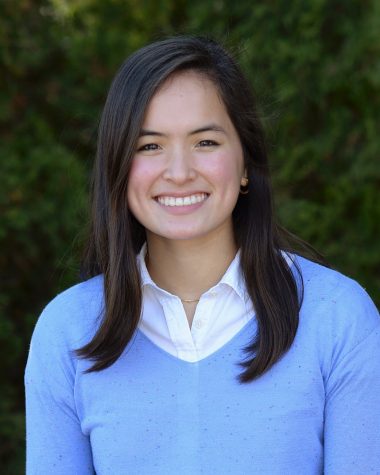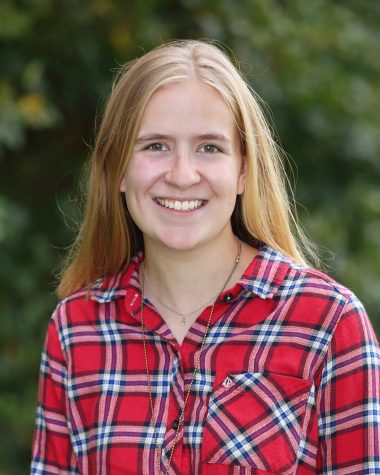Celebrating Community Creativity: Faculty Photography
March 27, 2020
The past few weeks have been a challenging time for the world, and everyone is trying to find ways to spread positivity while still practicing social distancing. Artistic expression is perhaps the best method to curb anxiety while spreading joy and creativity. Specifically for photographers, the camera offers an opportunity to capture the beautiful moments in life that could otherwise go unnoticed.
To celebrate our community’s creativity and spread some joy through art, The Sentinel has collaborated with Mr. Fendelman, Mr. DeVissiere, and Mr. Mantz, all of whom are talented photographers. Further, each contributor shared a few thoughts about their artistic insights and journeys as photographers. The Sentinel staff hopes that these photographs and reflections will foster creativity in our community and inspire other students and faculty alike to see the world through a whole new lens. To view more community photographs, please be sure to check out our student submissions here.
How and why did you start photography?
Mr. Fendelman: I first got serious about photography in preparation for a summer teaching in Vietnam (2010). I had taught in Ghana two years before and regretted not being able to capture some of its amazing sites more faithfully (this was before the era of high-quality phone cameras). A few months before heading off to Vietnam I purchased my first DSLR and started watching YouTube tutorials on all aspects of digital photography.
Mr. DeVissiere: I started photography because I wanted to paint. Since painting wasn’t my strong suit, I figured I could capture my own “painting” through still images. I started with digital and later got into film.
Mr. Mantz: I’ve always been a quiet person that had a knack for seeing the little things a lot of people miss.
What do you like about photography?
Mr. Fendelman: There are so many aspects of photography that I enjoy: the science underpinning the art; the synergy between human and machine; the ability to communicate without words; the harnessing of memory and experience through color and composition; and the (potentially) solo nature of the process.
Mr. DeVissiere: What I like about photography is the search for a good moment in time and wanting to immortalize it.
Mr. Mantz: It provides the ability to tell a story with emotion without needing words.
How do you decide what to photograph?
Mr. Fendelman: This is a complicated question.
For travel/landscape photography, asking “Where do I want to go? What do I want to see?” largely precedes the day-to-day decisions of what precisely to photograph. That is, since becoming very serious about photography, I have incorporated the opportunity to explore and photograph epic landscapes as an essential ingredient in my travel planning. Once in-country, some decisions are really just the logical extension of that prior decision (e.g. I choose to go to Iceland because of its amazing waterfalls; once in Iceland, I “decide” to take photos of some of its most famous waterfalls); others are gut feelings I get while taking in the surroundings of wherever I go, or moments that present themselves as a function of the time of day (e.g. I capture some random landscape at The Golden Hour because that’s when I happen to be driving from some place to another in the larger context of my trip). Yet other decisions are a product of the two: I position myself in a certain place at a certain time to capture a particular effect or feeling (e.g. I capture a famous waterfall at The Golden Hour).
For other forms of photography (macro, high-speed, time-lapse, astral), the decision is rooted more in how best I can explore the technical elements of a certain style, experimenting with light, color, material, and other techniques to produce a particular effect. The water drop photos in this article are a good example of that: I had read about how it is possible to use synced flash units and reflected light to suspend motion and create visually arresting images of natural processes that we can’t otherwise see…so I figured out how to do it myself. Turns out all you need is a frying pan, a wireless flash unit, a remote shutter release, an eyedropper, some colorful paper, and decent hand-eye coordination!
Mr. DeVissiere: Sometimes I know what it is I need to photograph. This is especially true with dedicated photoshoots or video shoots, but most times, I let the world surprise me. This is why I travel everywhere with my camera.
Mr. Mantz: Life tells me what may be worth it at any given time. If it feels forced it typically is never worth it.
What do you want people to feel/think when they look at your photos?
Mr. Fendelman: Landscapes: “Woah. Where is that? I want to go!”
General: “Woah.”
Mr. DeVissiere: Since I usually do portraits, I want people to attempt to understand my subjects. Sometimes, looking into their eyes, you can see and maybe feel their experience and wonder how that could differ from yours.
Mr. Mantz: Just enjoy it.
Do you try to convey a certain message through your photos? If so, what is that message?
Mr. Fendelman: Through my travel and landscape photography I try to convey both the epic grandeur of the places that I’ve been privileged to experience and the mantra of “take only pictures, leave only footprints.” Through my experimental photography, I try to convey the beauty of the science behind both the processes and effects I capture and the processes that allow me to capture them in the first place.
Mr. DeVissiere: I look to tell someone’s story and in turn hopefully tell my own one day.
Mr. Mantz: Depends on the subject matter. If I’m tasked to cover an event or specific subject, my goal is always to allow people who were not there at the time of the image to feel as if they can experience the event through my photography.





